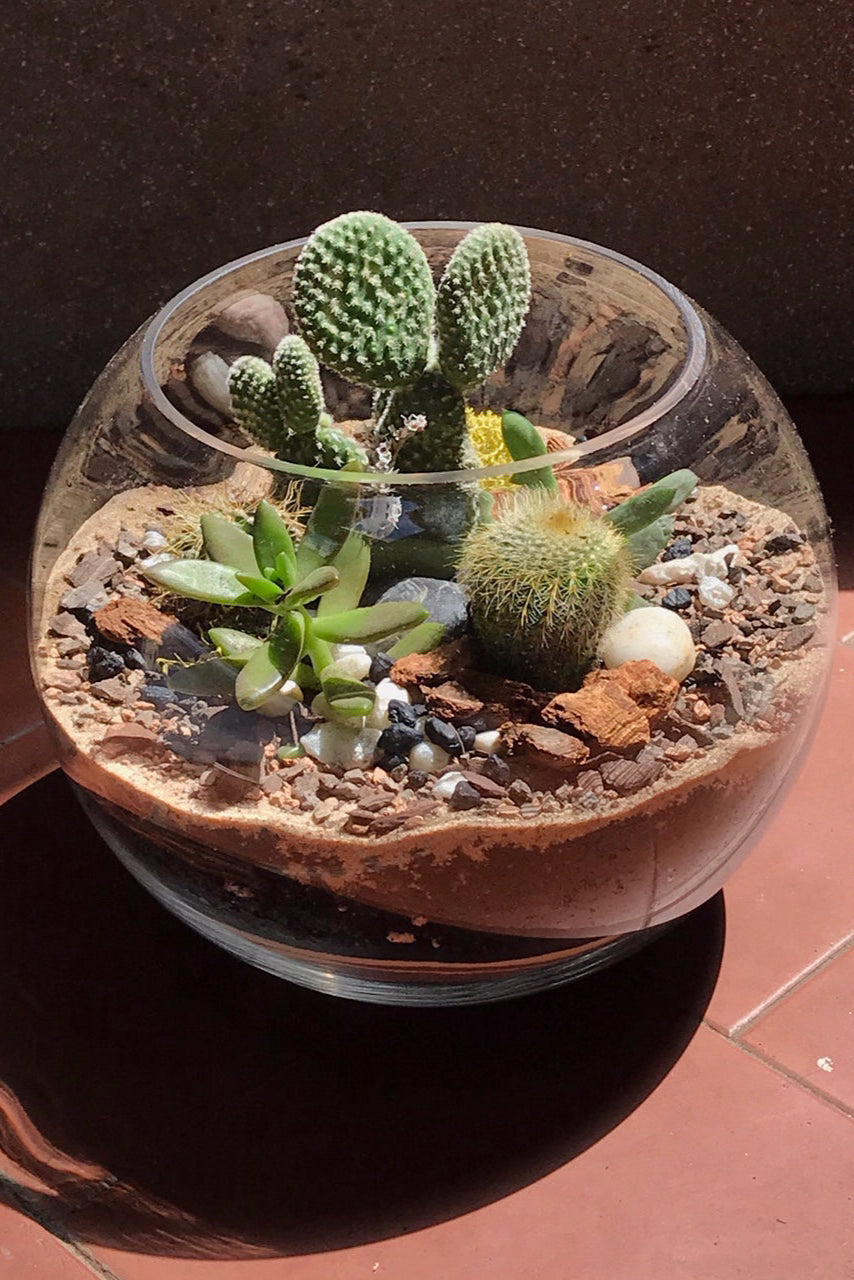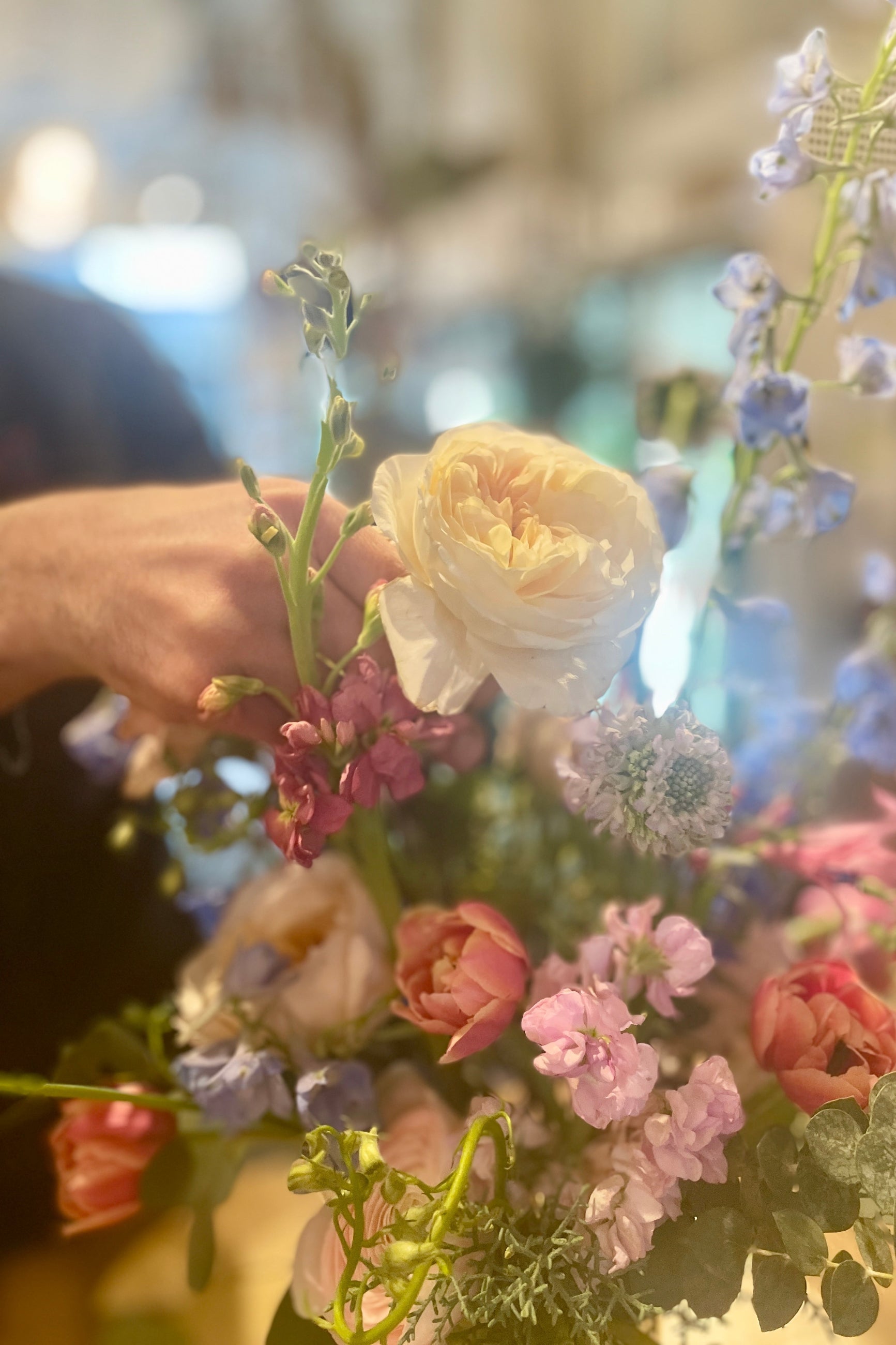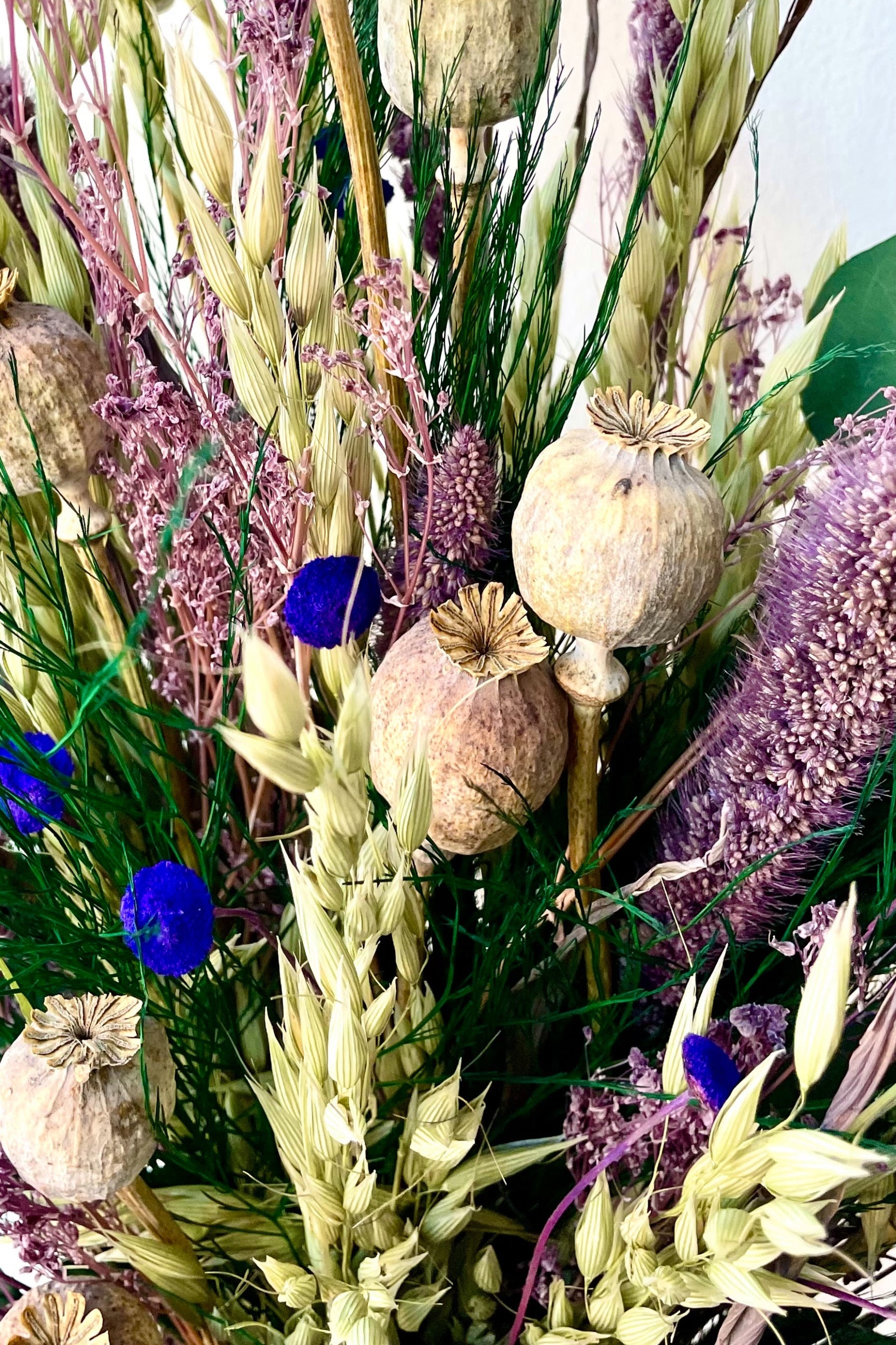Gibasis geniculata - “Tahitian Bridal Veil”
Light: The Tahitian bridal veil loves bright, ambient light. The brighter the light, the deeper the leaf color. It does not like direct sunlight, however, and can easily burn in afternoon rays.
Water: Bridal veils are susceptible to root rot, so be careful not to overwater and look out for signs of moisture imbalance (yellow leaves usually indicate overwatering, while brown and crispy leaves indicate underwatering). While they should not be kept wet, they also cannot go completely dry. Allow the top inch or so of soil to dry between watering evenly, and allow the soil to dry out slightly more during the winter months. Misting, in addition to watering, is always welcome.
Environment: Native to the Jamaican mountains, the Tahitian bridal veil thrives and trails in humidity. They should be planted in a well-draining soil mix and a well-draining pot to avoid root rot. Make sure to keep away from cold drafts, AC units, and heat sources.
Toxicity: Reported to be toxic to cats and dogs
Of Note:
- The Tahitian bridal veil has been sold under a variety of genus and species names and is often listed as Tradescantia multiflora or Tripogandra multiflora.
Pruning is an important part of bridal veil care. It keeps the plant from growing leggy and decreases the dead foliage that attracts pests like aphids and spider mites.
*When planting in a pot without a drainage hole, avoid over watering by estimating 25% of the container’s overall volume, with appropriate drainage materials incorporated when planting.





